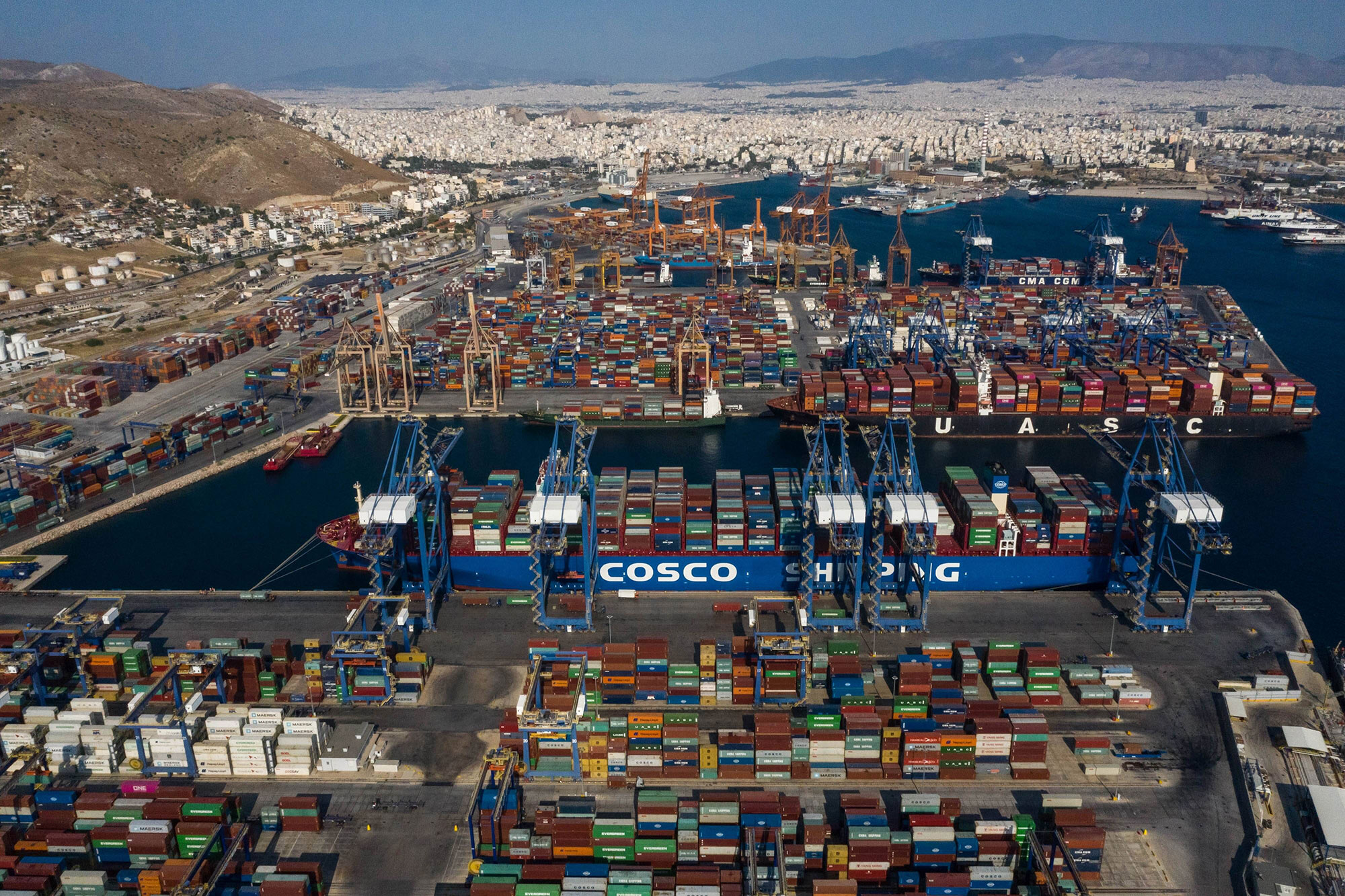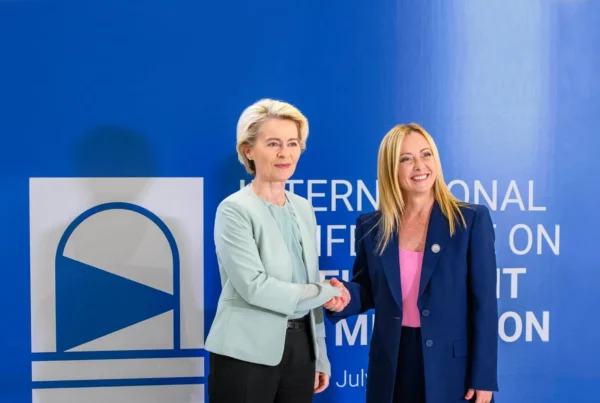The EU Commission recently announced it would introduce a ban aimed at preventing products made by forced labour from entering the internal market. However, implementing such a ban is not as simple as it seems.
Jamie Bergin, 21 October 2021
“….we will propose a ban on products in our market that have been made by forced labour. Human rights are not for sale – at any price.”
These words were squeezed into European Commission President Ursula von der Leyen’s September State of the Union (SOTEU) address, which touched on everything from vaccination pledges to cybersecurity vulnerabilities. However, legions of NGOs and EU parliamentarians would not have overlooked this commitment, having long called for such a ban and with good reason: if the EU, the world’s largest trading bloc, has no measures in place to prevent products made in whole or by part forced labor from entering its internal market, the demand for such products can only increase, and with that, the abhorrent exploitation of vulnerable persons. This facilitates what is essentially a global humanitarian crisis: in 2016, the International Labour Organization (ILO) and other bodies estimated that around 24.9 million people around the world were toiling in the destitute conditions of forced labor.
The Commission is expected to incorporate the ban into its forthcoming Sustainable Corporate Governance legislative package in 2022. It comes on the heels of similar recent commitments by Australia and Canada. Notwithstanding all this momentum, the crux, as with all bans, remains in the enforcement. The Commission will foremost need to ask itself what legal obligations it should impose on importers.
The only place it can really look for inspiration is the US, where Section 307 of the Tariff Act of 1930 mandates customs authorities to issue a Withhold Release Order (WRO) and block or seize imports produced by forced labor. However, importers can contest a WRO by proving they performed due diligence – that is, that they took reasonable efforts to determine if the supplier in question used forced labor. The Commission published in July a voluntary due diligence guidance for companies, so it would not be surprising if it went the same route for the ban.
The efficiency of any due diligence regime hinges on accompanying traceability mechanisms. However, determining whether an import was produced by forced labor is not a straightforward undertaking given the sheer complexity of modern supply chains. For example, cotton is grown on millions of farms, many of which use forced labor, but is normally mixed with other harvested cotton by the time it has been processed into yarn; this makes it difficult to distinguish between what was produced by forced labor and what was harvested under humane conditions. The fog becomes even thicker in cases where the forced labor is sanctioned or even led by state authorities, and on-the-ground evidence becomes inaccessible.
The traceability problem gives importers a degree of plausible deniability when it comes to due diligence, which ultimately leads to piecemeal enforcement. In the US, the customs authority has only successfully issued 28 WROs since 2015. Canada, where a similar ban was introduced in July 2020, has yet to penalise a single importer.
However, there are alternatives to a ban centred on a due diligence regime, and the wind of change is already blowing. The US. Congress introduced a bill, currently before the senate, which would introduce a rebuttable presumption that imported goods have been made with forced labor. Changing the legal standard could solve many issues with the due diligence regime by putting the burden on the importer to overcome the presumption. The catch? The bill and rebuttable presumption only concern goods produced in Xinjiang, China – home of China’s 12 million Uyghur minority.
There is growing concern in the EU regarding reports that the Chinese state has been housing the Uyghur Muslims in camps in Xinjiang, forcing them to manufacture various exports. At the same time, imports from Xinjiang to the European market reportedly rose 131% during the first six months of 2021 in comparison to the same period in 2020. Notably, von der Leyen was careful not to allude to Xinjiang in the SOTEU. It remains to be seen if the EU will follow the US and single out products made in Xinjiang.
All of this matters because whatever draft the Commission brings forth, the ban will eventually be subject to the ordinary legislative procedure, meaning Member States will have a direct say via the European Parliament and the Council. This includes Member States that want to avoid at all costs a collision course with Beijing, but it also includes Member States that represent importers who will not want to relinquish their stable supply chains passing through Xinjiang and other places. Indeed importers, still reeling from the Brexit withdrawal agreement, are likely to balk at any strict further disruption and ‘red tape’ legislation.
It is hard to envisage a ban backed by a strict enforcement regime emerging in 2022, and unfortunately that means it is likely to have little to no effect on decreasing the demand for products made with forced labor. Not for the first time, the EU will need to do some soul-searching if it wants to tackle a crisis and answer the question evoked by von der Leyen in her speech: if human rights are not for sale at any price – then what price are we willing to pay to protect them?
Picture: Brussels, Dec. 3, 2020 — Aerial photo taken on Sept. 6, 2019 shows a cargo ship of COSCO Shipping Lines at the Port of Piraeus in Greece. © IMAGO / ZUMA Xinhua




